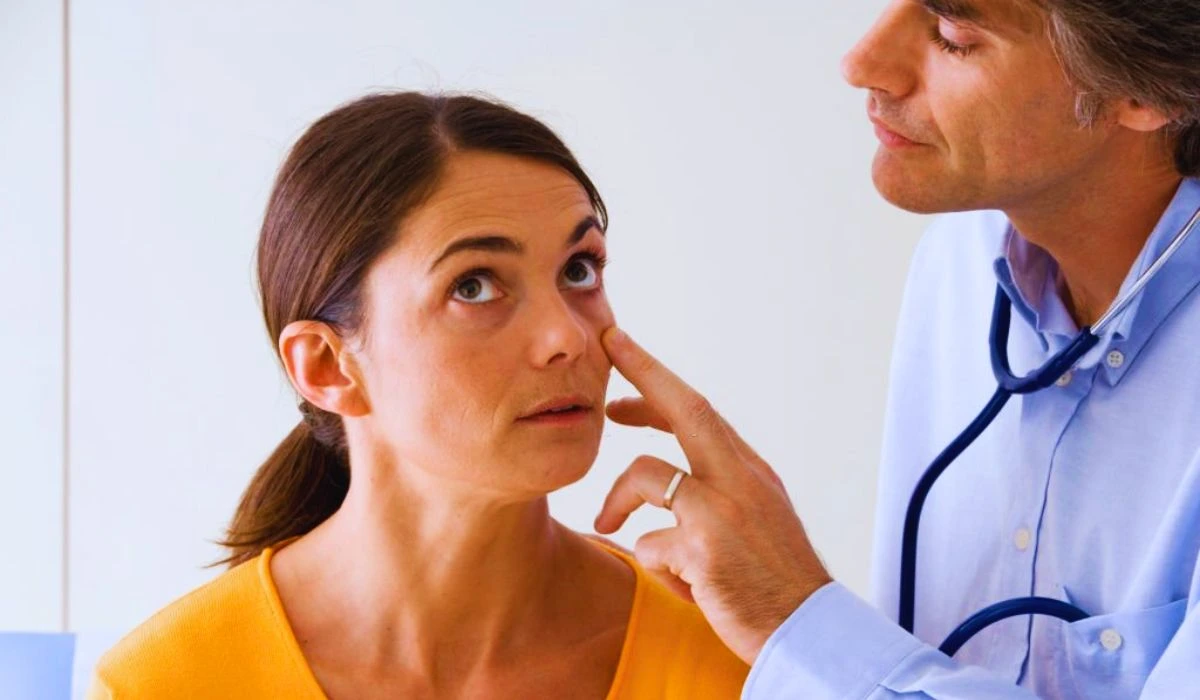Iron deficiency anemia is the most common nutritional deficiency worldwide, affecting more than 2 billion people globally. It occurs when the body does not have enough iron to produce hemoglobin, the protein in red blood cells that carries oxygen to tissues throughout the body.
Without adequate iron, the body cannot make enough healthy oxygen-carrying red blood cells. This results in anemia, a condition characterized by fatigue, weakness, pale skin, and other symptoms. Understanding the signs and symptoms of iron deficiency anemia is important for early detection and prompt treatment.
What Is Iron Deficiency Anemia?

Iron deficiency anemia develops when the body’s stores of iron drop too low to support normal red blood cell production. The condition has three main stages:
- Iron depletion: The first stage is characterized by depleted iron stores in the body, but normal red blood cell levels and hemoglobin values. This stage usually causes no symptoms.
- Iron deficient erythropoiesis: As iron levels continue to fall, the body cannot make enough hemoglobin for red blood cells. This causes microcytic, hypochromic anemia, meaning the red blood cells are smaller and paler than normal. Mild anemia-related symptoms like fatigue may occur in this stage.
- Iron deficiency anemia: Hemoglobin and hematocrit levels become abnormally low at this stage, leading to moderate or severe anemia with more noticeable symptoms.
Signs And Symptoms Of Iron Deficiency Anemia
The signs and symptoms of iron deficiency anemia can be mild at first and then worsen as the condition progresses. Common symptoms include:
– Fatigue and weakness – The most common symptom is increased fatigue and weakness. Lack of oxygen from anemia prevents tissues and muscles from getting enough energy.
– Pale skin – The skin may become pale in color due to fewer red blood cells in circulation.
– Shortness of breath – Anemia causes tissues to be oxygen deprived, resulting in shortness of breath during exercise or even normal activities.
– Dizziness or lightheadedness – Iron deficiency can cause blood pressure to drop, leading to dizziness.
– Headaches – Many people with iron deficiency anemia experience chronic headaches.
– Chest pain – The heart must pump harder to compensate for lower oxygen levels in the blood, which can cause chest pain.
– Fast heartbeat – To make up for lower oxygen-carrying capacity, the body speeds up the heart rate to circulate more blood.
– Swelling or sore tongue – A swollen, sore tongue can be a sign of iron deficiency anemia.
– Brittle nails – Poor growth and unusual shapes in fingernails and toenails can occur.
– Restless legs syndrome – Some people have worsening restless leg syndrome from iron deficiency.
– Pica – The craving to eat non-food items like dirt, clay, paper, paint chips, or ice can signal iron deficiency anemia.
How To Prevent Iron Deficiency Anemia?
Iron deficiency anemia is largely preventable through proper intake of iron-rich foods and iron supplements when necessary:
- Eat iron-rich foods – Foods high in iron include red meat, pork, poultry, seafood, beans, lentils, spinach, and iron-fortified cereals and bread. Vitamin C also helps with iron absorption.
- Cook in cast iron pots – Cooking acidic foods in cast iron pots adds absorbable iron to food.
- If vegetarian/vegan, eat plant-based iron sources – Plant-based diets should include iron-rich foods like beans, lentils, spinach, and raisins.
- Take iron supplements if at risk – Pregnant women, young children, and those with heavy periods may require iron supplements when diet alone is not enough.
- Treat underlying causes – Getting proper diagnosis and care for conditions causing blood loss, like ulcers and colon polyps, can minimize iron deficiency.
Also Check: What Are The Best Brain-Boosting Foods? Eat Smart, Think Smart!
Conclusion
Iron deficiency anemia is a commonly overlooked condition, but recognizing its signs and symptoms is critical for prompt treatment. Fatigue, pale skin, dizziness, headaches, and shortness of breath are the most noticeable symptoms. Preventing iron deficiency anemia centers around consuming sufficient dietary iron or supplements.
Seeking medical care for the evaluation of unusual symptoms allows the detection and correction of iron deficits before they progress to more severe anemia. Maintaining adequate iron stores optimizes our energy, overall health, and quality of life.
FAQ
A: Normal hemoglobin levels are: Men – 13.5 to 17.5 g/dL; Women – 12.0 to 15.5 g/dL. Levels under 13 g/dL for men and 12 g/dL for women indicate anemia.
A: Blood tests used to diagnose iron deficiency anemia include complete blood count (CBC), hematocrit, hemoglobin, ferritin, transferrin, iron level, and total iron binding capacity (TIBC).
A: The fastest way to raise iron levels is by taking iron supplements in pill form, injectable iron formulations, or receiving iron through a blood transfusion in severe cases. Eating iron-rich foods also helps boost levels.
A: Untreated iron deficiency anemia can worsen symptoms and lead to heart problems, pregnancy complications, delayed growth and development in children, and a weakened immune system. Seek medical advice for proper diagnosis and treatment.
A: Those at highest risk include pregnant women, infants, and toddlers, women with heavy periods, frequent blood donors, vegetarians, and people with chronic conditions that cause bleeding internally like ulcers and colon cancer.

